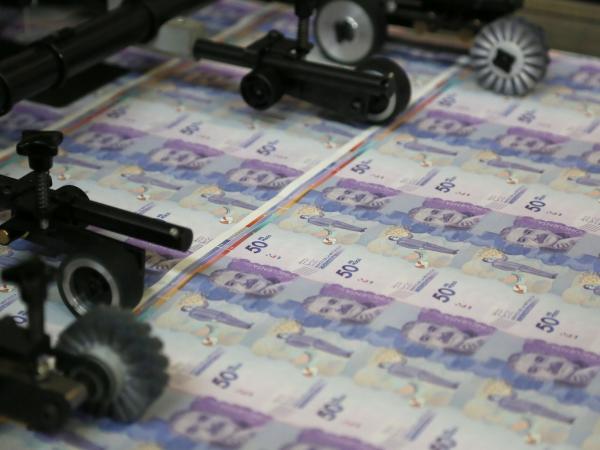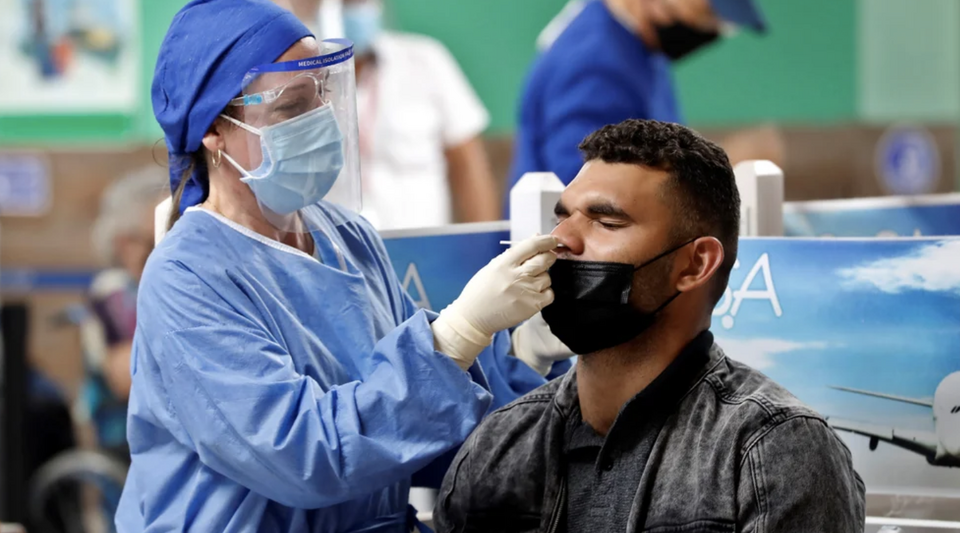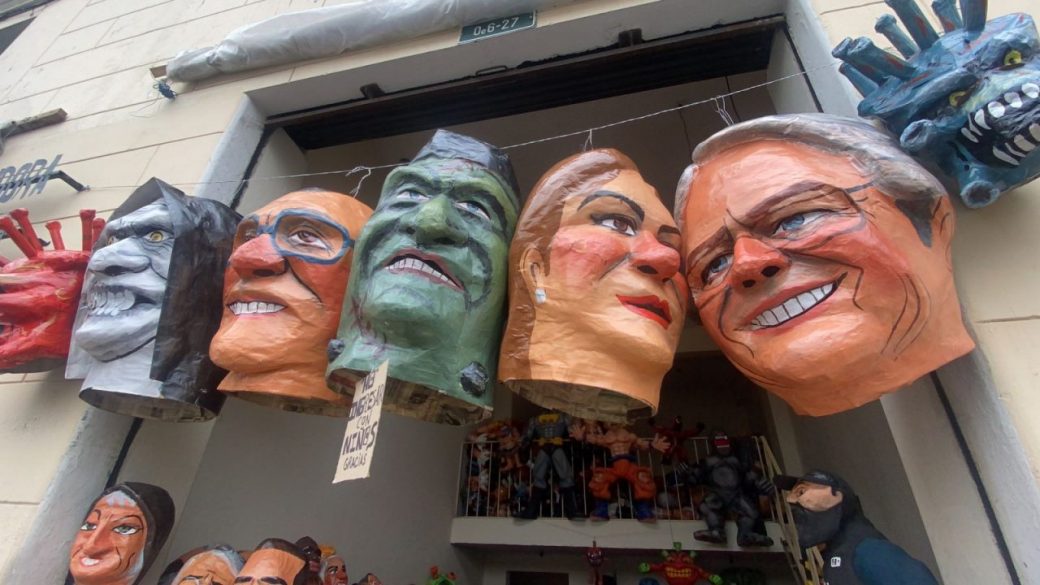In the last monetary policy meeting in 2021, the Board of Directors of Banco de la República raised the interest rate to 3%, after applying an increase of 50 percentage points.
(What monetary policy will Banco de la República follow?).
This determination is part of a new normalization cycle that began last October and in which an upward trend in rates is observed, which would take at least a year, or a year and a half.
“Looking to the future, what we see is that the rate of increase in interest rates will depend on how inflation and growth fare, but we continue to think that the rise in interest rates will continue gradual and for now it falls”, Sergio Olarte, chief economist of the Scotiabank Colpatria economic team, commented at the time.
Unquestionably, this rate hike has several direct and indirect effects among the common people, since this measure seeks to curb prices in the economy that have increased due to inflationary pressures and the global crisis, among other aspects.
(After five years, the Issuer raised interest rates again).
It should be noted that the intervention interest rate It is the main tool that the monetary authorities of each country have to control the price level.
The increase in this rate leads to a decrease in the rate of consumption and investment and reduces inflationary pressures via demand.
Therefore, and in order to control high inflation and maintain the purchasing power of the currency, the first effect that the rate hike will have will be an increase in commercial interest rates on new loans taken by consumers from banking entities. .
With this, the Issuer seeks that people and companies borrow less to consume and invest, since it is necessary to reduce excess spending over national income, that is, the current account deficit.
These effects will be progressive and will depend on the pace set by the Banco de la República in its future decisions. However, the transfer of the rise will not be immediate, as it will take a few months to be felt.
Basically, the initial transmission mechanism of the adjustment of the intervention rate to the rest of the economy occurs through the financial system, since in addition to the increase in loan rates, the increase can be transferred to a greater or lesser extent to the DTF, Reference rate at which resources are raised in the financial system, depending on the liquidity that the market has.
NOT ALL CREDITS GO UP
Although interest on commercial loans does rise with this decision, it does not happen in all cases.
According to Francisco Azuero, associate professor of the Faculty of Administration of the Universidad de los Andes, there are loans that are at a fixed rate that cannot be changed because “They constitute contracts that are in execution.”
(Rise in interest rates would be felt after more than a year).
Explain that the increase will be seen in loans that are currently with variable rates and in new loans. However, this transfer is gradual and proportional, which means that it will not have significant increases.
In addition, he clarifies, it is a short-term transitory measure, which seeks to control or try to curb inflationary expectations that may rise.
“This decision is very positive for the country, as it sends a message of tranquility to the market and to the common people that we have a monetary authority that is constantly monitoring all variables and ready to react to possible inflationary outbreaks. The worst thing that could happen to the country is that inflation overflows right now ”, Professor Azuero concluded.
BRIEFCASE








